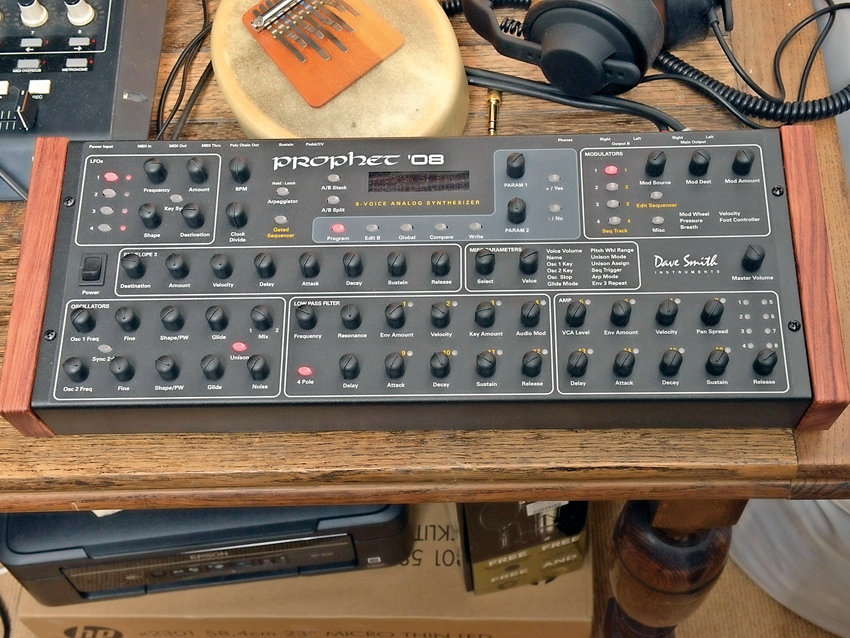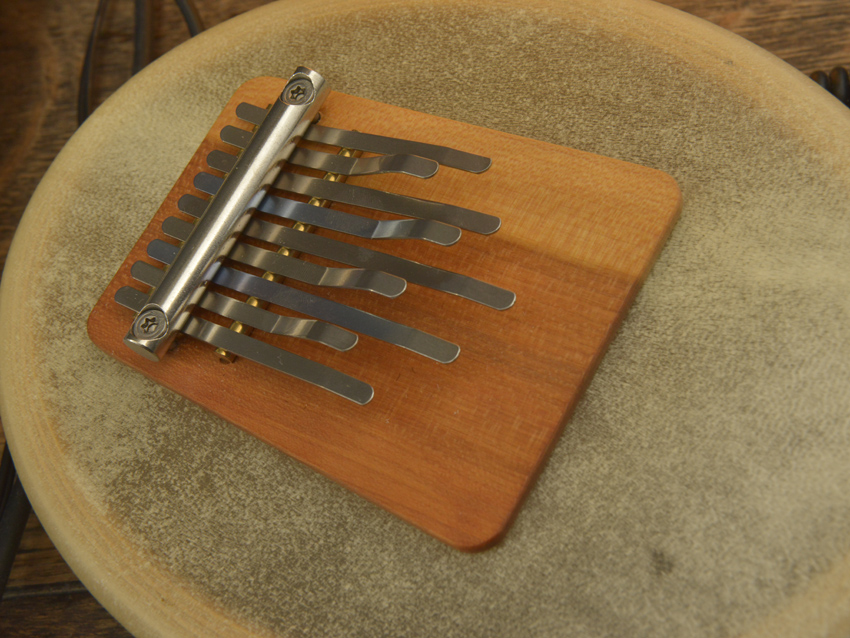In pictures: Max Cooper's London studio
The electronica artist and DJ in his music-making habitat
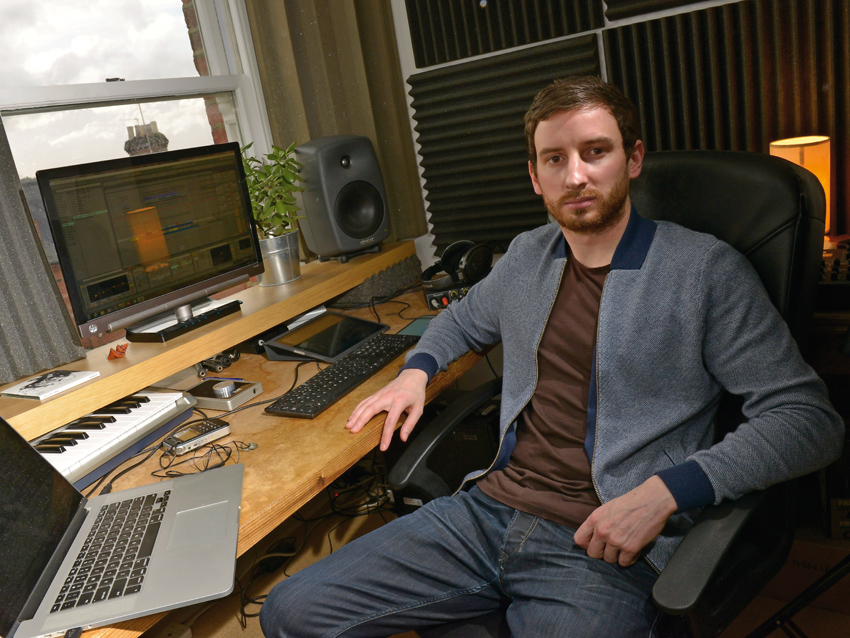
Welcome
Over recent years Max Cooper has quietly garnered a reputation amongst those in the know for his beautiful, glitch-ridden EPs, stunning remix work and DJ sets. With the release of his debut album, Human, the number of people ‘in the know’ looks set to multiply exponentially, and deservedly so.
Future Music recently caught up with Cooper in his North London studio, taking a tour of the tools that he uses to make his music.
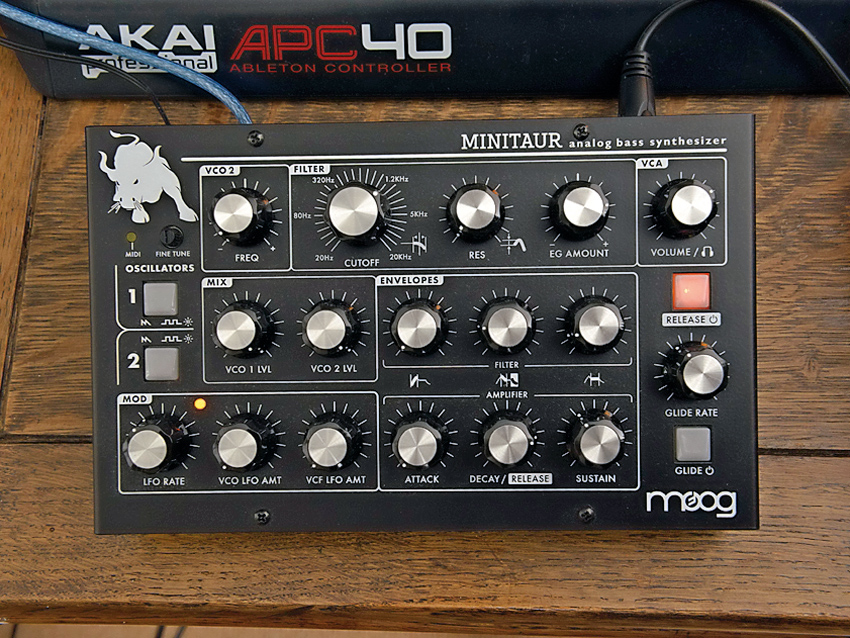
Moog Minitaur
“When I got the Moog Minitaur that was me getting a reasonably cheap but good standard hardware synth - just to test the water really for whether I wanted to go down the hardware synth route. The Minitaur is a great little synth; it has a limited range of sounds, but they are great sounds.”
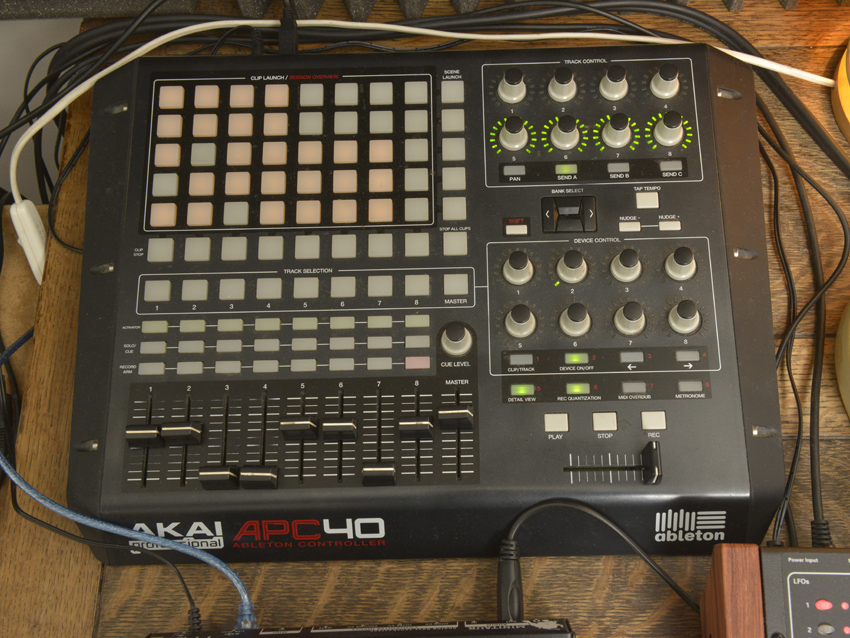
Akai APC40
“A really simple bridge between Ableton [and me], and if I need some tactile controls super quick. I use the APC40 for my live shows, too - for triggering clips, as I don’t want to be on my laptop. I make sure I can do it all with Lemur and the APC.
“It’s handy and very hardy. The APC has been in my gig bag for the last couple of years and it’s still going strong. The faders are all a bit bent and wobbly, but everything still works so it’s done me well.”
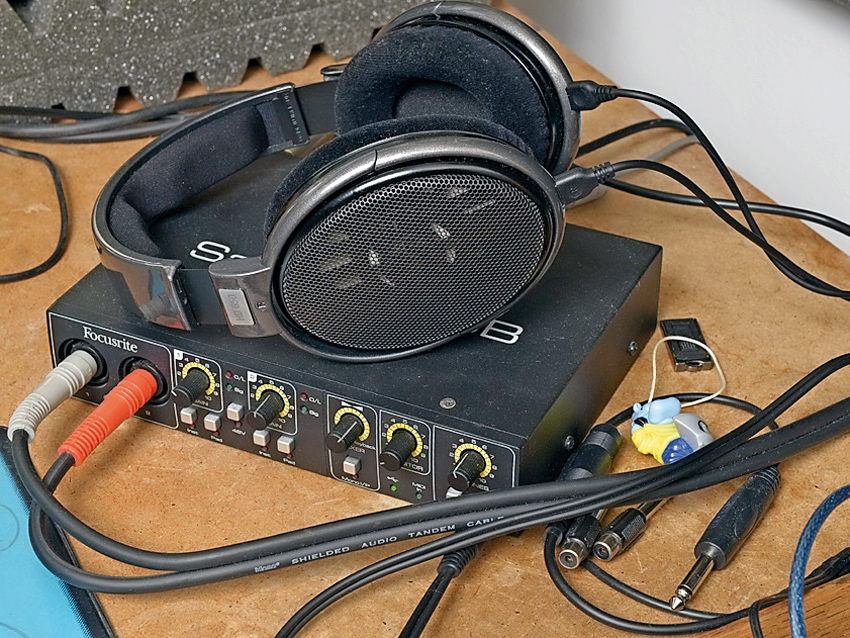
Sennheiser HD650 headphones and Focusrite Saffire 6
“I’m much more focused on getting the sound quality ‘high’ rather than just buying synths and putting my effort into that. If you haven’t got good acoustics you’re going to struggle to make your music sound right, and these are great headphones. They’re open, so you get a much more spacial experience.”
“The sound quality with the Focusrite [Saffire 6] has been decent. I’ve had a few different soundcards and it stacks up well against them. To be honest, I think the difference between soundcards is much smaller than the difference between a well-treated and a badly-treated room or bad monitors.”

Ableton Live 9
“Ableton’s great. It’s really easy to use and drag-and-drop intuitive. The great thing about Ableton is that they’re constantly updating and developing Live. The amount it’s changed over the last five to ten years is amazing. From something that was essentially a fairly basic performance tool it’s become this huge, versatile music production software.”
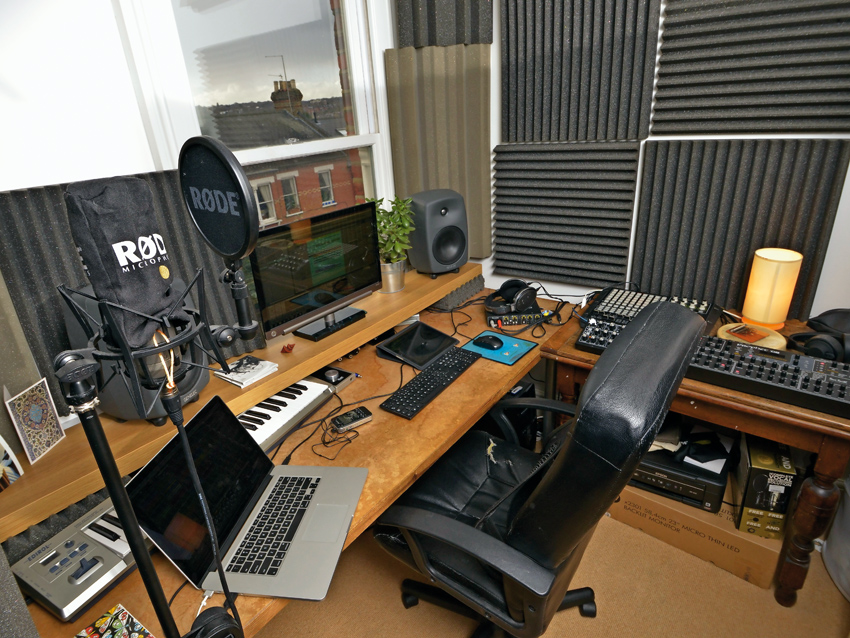
Plugins
“I use a lot of the Native Instruments stuff like Absynth, Reaktor, Massive and Kontakt. I quite like Synplant - it’s a really fun little thing and I use it to make weird noises.
“The ValhallaRoom reverb is really nice; I use that a lot. Arturia’s Moog Modular V is quite a nice analogue emulation and I’ve done some tracks with that. Generally, I tend to be a bit behind with these sorts of things as I find something that works for me and I stick with it. There are so many new soft synths and plugins out there that it’s really hard to keep up with it, and most of the time I’m probably not the best person to ask about the newest, best thing.”
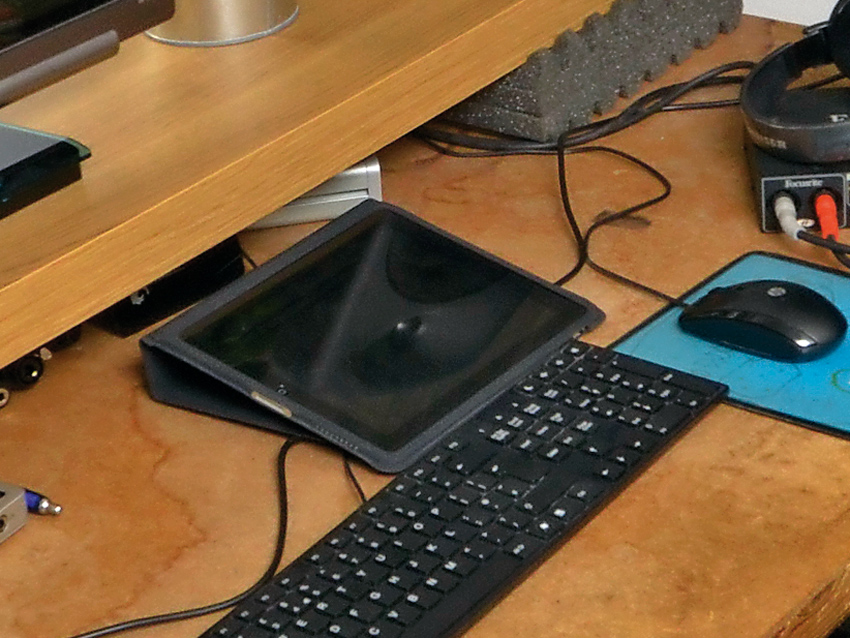
iPad apps
“Recently I’ve been using the Animoog, which is great. I had a conversation with Secret Cinema (Jeroen Verheij) and he recommended it so I bought it as I was in Singapore and had some really long flights to Australia and back. I sat with Animoog running on my iPad and it was great. I’ve made maybe 30 patches already on it, and the new tracks I’ve started working on now use Animoog a lot on them. You can get some great sounds out of it.
“I use Lemur on the iPad as a control surface. With that, you can have all these bouncing balls, which control lots of different parameters and, again, you get some emergent behaviour coming from that because you have all these parameters, which, as the balls are bouncing around, there is a deterministic form, although it’s not easy to tell what that is. You’ve got lots of parameters following these complex paths so you get, to some degree, a generative result.”
Future Music is the number one magazine for today's producers. Packed with technique and technology we'll help you make great new music. All-access artist interviews, in-depth gear reviews, essential production tutorials and much more. Every marvellous monthly edition features reliable reviews of the latest and greatest hardware and software technology and techniques, unparalleled advice, in-depth interviews, sensational free samples and so much more to improve the experience and outcome of your music-making.


